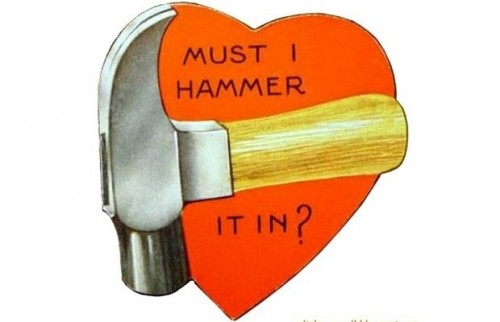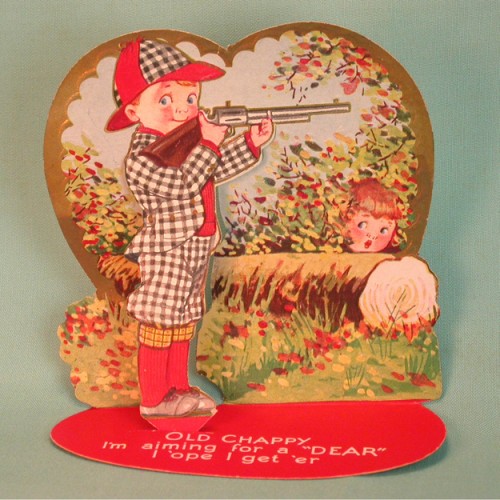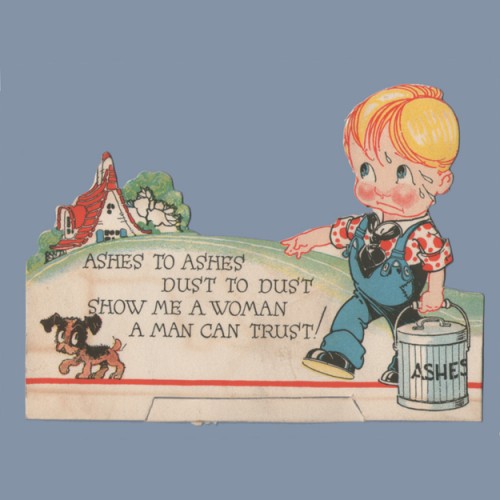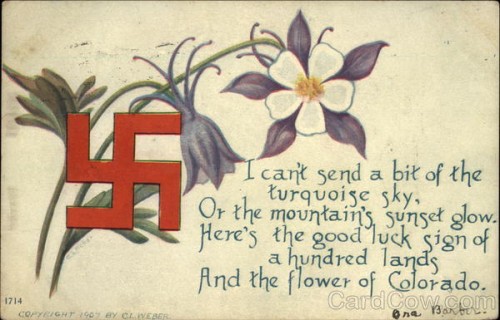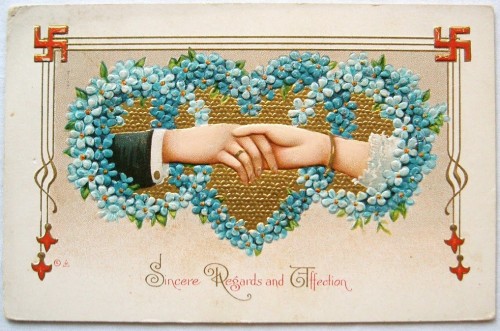On previous Valentine’s Days, we’ve featured vintage holiday cards caricaturing African Americans, Asian Americans, and American Indians. This year I stumbled upon a card that draws upon stereotypes of the Scottish.
Though it has largely disappeared as a well-known stereotype, at one time in American/British history, the Scottish were stereotyped as cheap. Accordingly, this 1932 Scotch-themed valentine boasts that it’s box of dates (a type of dried fruit) can last all year if “ye use them sparingly.” A great example of a bygone stereotype (I think):
Valentine found at Kitsch Slapped.
Lisa Wade, PhD is an Associate Professor at Tulane University. She is the author of American Hookup, a book about college sexual culture; a textbook about gender; and a forthcoming introductory text: Terrible Magnificent Sociology. You can follow her on Twitter and Instagram.











